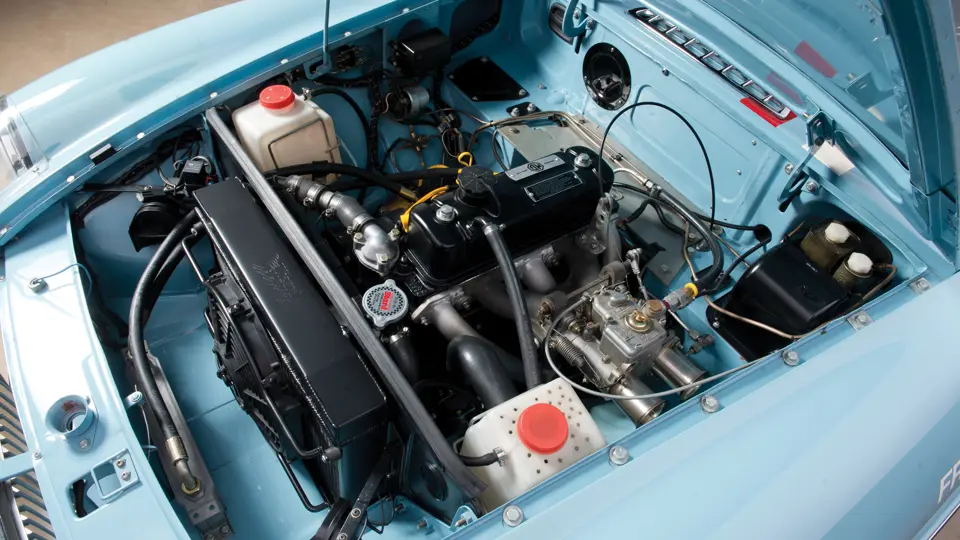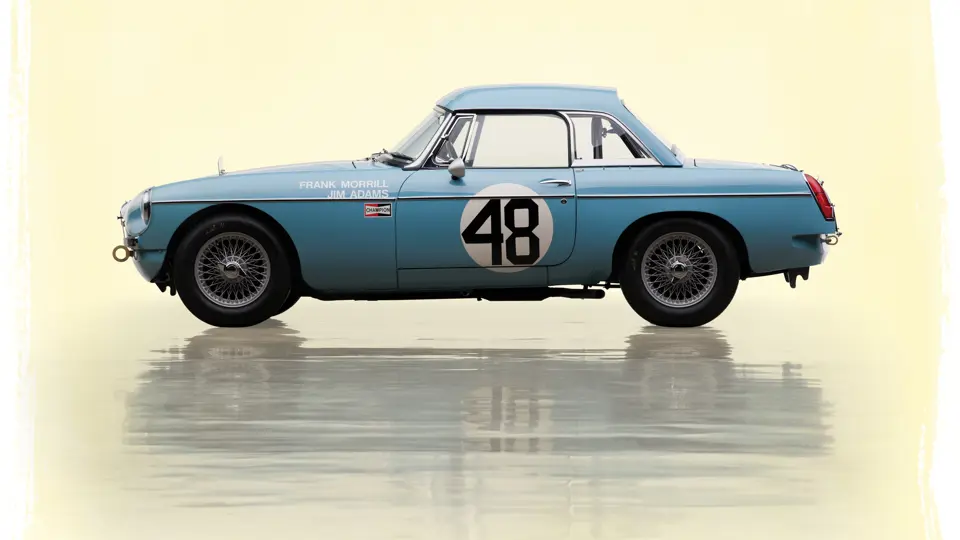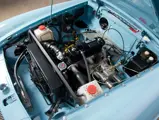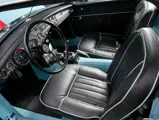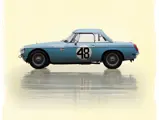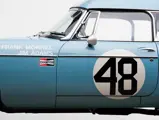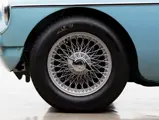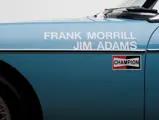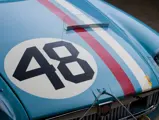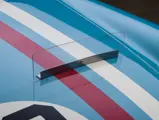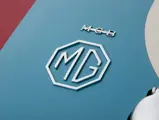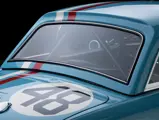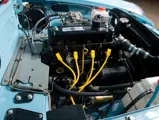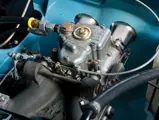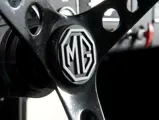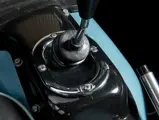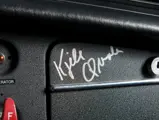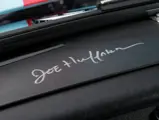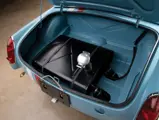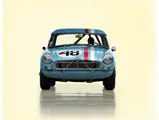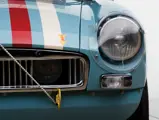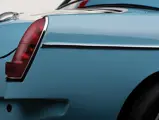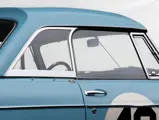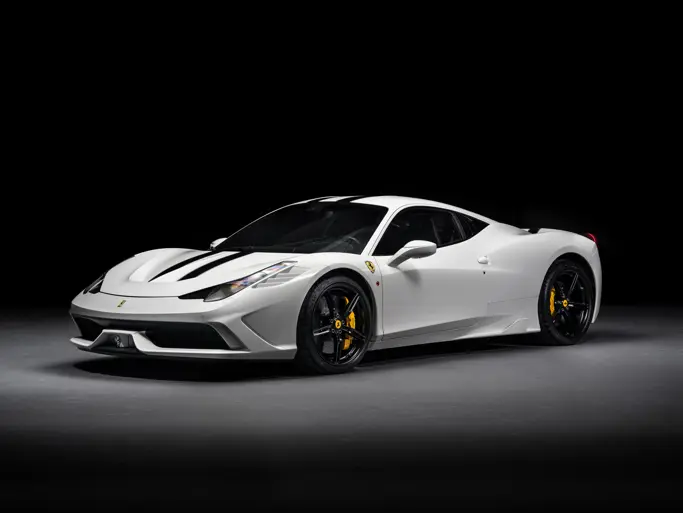
1962 MG MGB Lightweight
{{lr.item.text}}
$88,000 USD | Sold
{{bidding.lot.reserveStatusFormatted}}
- Finished 4th in class at the 12 Hours of Sebring in 1964
- One of four genuine lightweight MGBs built using factory parts
- Amongst the earliest MGBs built and shipped to the U.S.
- Restored to its Sebring livery; ready to return to competition
140 bhp, 1,798 cc inline four-cylinder engine with a single Weber 45 DCOE carburetor, four-speed close-ratio manual transmission, Salisbury limited slip differential, independent front suspension with coil springs, live axle rear suspension with leaf springs, and front disc and rear drum brakes. Wheelbase: 91 in.
SAFETY FAST: THE MGB AT SEBRING IN 1964
As they were facing a relative failure at Sebring in 1963, MG was hoping that 1964 would bring a change in fortune for the proud marque. By this time, the MGB had been on sale for over a year, and MG was hoping to add to the car’s image with some success at international racing events. Abington took note of the success that Kjell Qvale, of British Motor Cars Distributors, experienced in San Francisco in 1963, where he had finished 7th overall behind a streak of Ferraris, and he hoped that Qvale and his team could bring the success they were looking for in 1964.
Qvale was instructed by BMC to modify a trio of stock MGBs with upgraded components that had been sent over from MG in the UK and to build the cars to competition specifications. This included adding aluminum front fenders, an aluminum bonnet, a boot lid, and aluminum doors fitted with Perspex windows. Competition-specification four-cylinder motors were delivered to Qvale and immediately rebuilt by Joe Huffaker, the head of the competition department at BMCD, who added new pistons, revised porting, and his own custom-made camshafts. These engines were fed by dual gas tanks, and multi-speed windshield wipers were fitted to combat the possibility of rain.
Of course, as they were British cars campaigned by an American distributor with factory support, deciding on a racing livery for the three cars was quite simple: red, white, and blue.
For Sebring, the white #46 would be driven by Jack Flaherty and Jim Parkinson, while Jack Dalton and Ed Leslie would be behind the wheel of the red #47 and Jim Adams and Merle Brennan would pilot the blue #48. Although the MGs got off to a good start when the green flag was dropped, they faced fierce competition from a pair of factory-supported Porsche-Abarth Carreras, and the team hoped that they would outlast the cars over the following 12 hours. However, the team’s resolve would be tested when, after just 15 laps, the white #46 car was forced to retire from a failed differential.
As the race continued, the remaining red and blue MGs pressed on, slowly working their way towards the front of the field. Twelve hours after the start, the remaining MGs finished 3rd and 4th in class, with the red #47 car taking 17th overall and the blue #48 car taking 22nd overall, which were good results for the two cars from Abington.
For #48, the MGB offered here, Sebring would be the MG’s last competitive outing under the umbrella of the BMCD. Just 10 days after the race, it was sold by BMCD to Bill Schmidt, an MG enthusiast from Walnut Creek, California. Schmidt was so smitten with the little blue MCB that he traded in both his street and racing-specification MGs to afford the car. Obviously, as Schmidt had to grossly stretch his finances to make the purchase possible, this became his only car, and he would use it as a daily driver for a period of time, until he had the means to purchase a different one.
Schmidt campaigned the car a handful of times at SCCA events across California over the next few years, but he had to remove its aluminum body panels and Weber carburetor (which was replaced with twin SU carburetors) in order to adhere to SCCA regulations. Luckily, Schmidt had the foresight to retain these parts and ensure that they were passed along to the car’s subsequent owners. Schmidt sold the car in 1968 to another Californian, William Robert Smith of Monterey, who continued to campaign the car in SCCA events. In 1974, Smith passed it to Mac Townsend, who in turn sold it to Butch Gilbert, the owner of the red #47 MGB, in 1984. Finally, the cars were reunited some 20 years after they both competed at Sebring.
In 2002, Gilbert decided to restore #48 to its correct Sebring configuration. As he was in possession of the car’s aluminum body panels, thanks to the thoughtful preservation of Bill Schmidt, those parts were once again reinstalled on the car. Furthermore, the car retained its upgraded BMC competition engine built by Joe Huffaker, which was also restored to as-new condition and still resides in the car. Following the completion of the restoration, both #48 and #47 were featured at the HMSA Sebring reunion at Laguna Seca in 2004. That event was chronicled in the July 2004 issue of the Vintage Racecar journal. The car was also featured in articles in Classic Motorsports and Sports Car International.
This car, #48, is a truly fascinating automobile and an important piece of MG history. It is offered with a healthy file of documentation, which includes Schmidt’s purchase order for the car, a letter signed by Bill Schmidt that confirms the car’s authenticity in 2004, and an FIA Historical Technical Passport, and as such, there is no question as to its provenance. Additionally, it is documented by a British Motor Industry Heritage Trust Certificate, which notes that although its chassis number identifies it as the 12th MGB built, the date of its actual build signifies that it is actually the 6th or 7th built.
This MGB Factory Lightweight, one of just four produced, is an ideal entrant for concours and historic racing events. It would look fantastic blasting around the circuit at the Goodwood Revival, and it begs to be returned to the race track with its new owner.

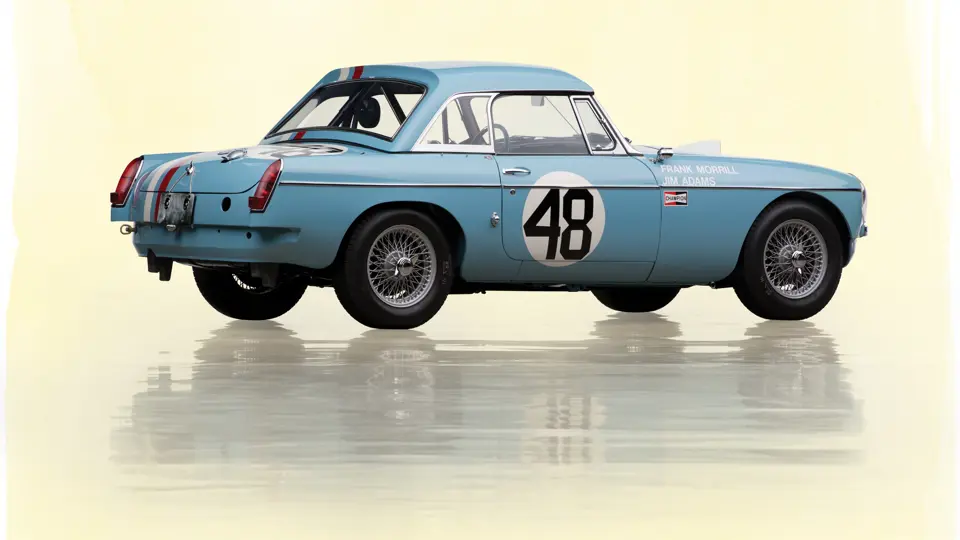



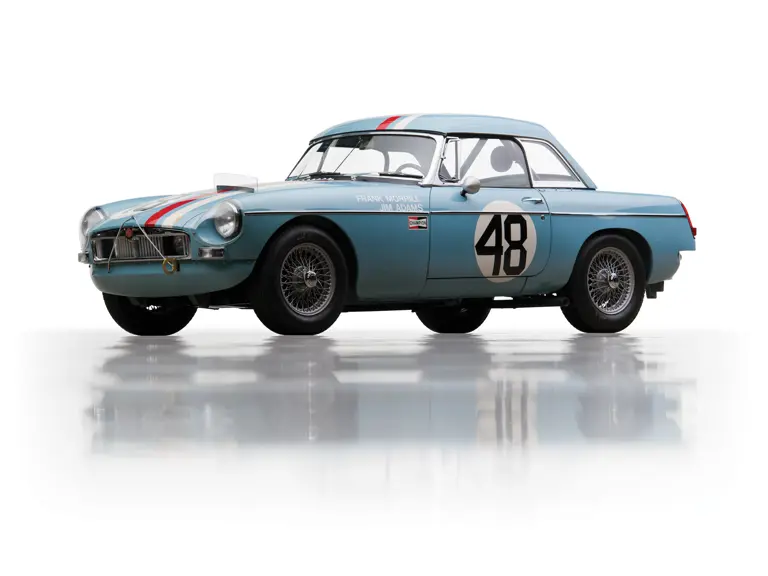


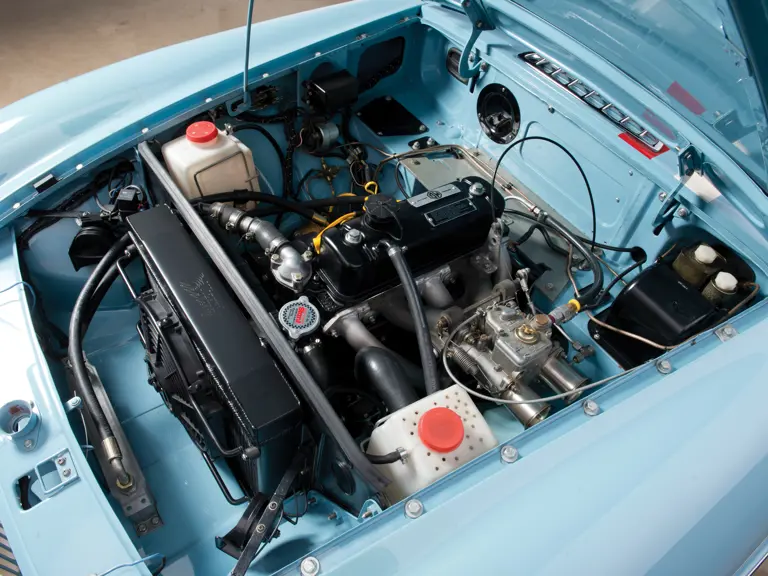

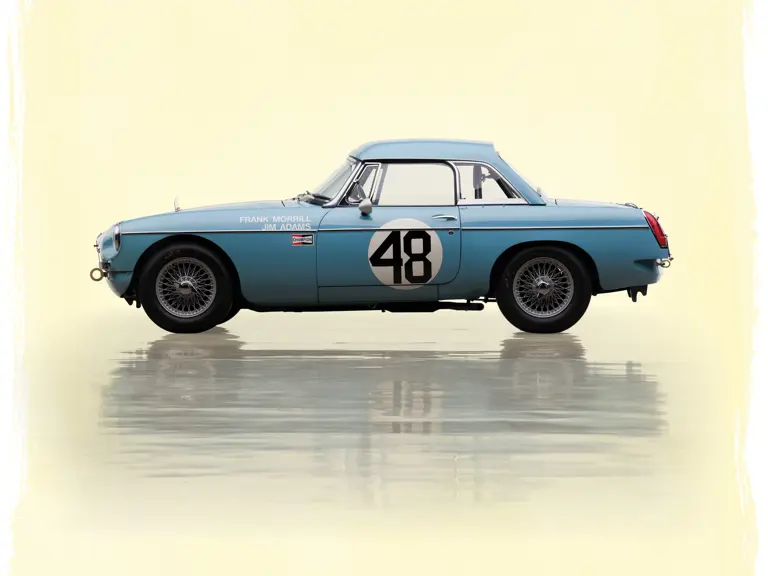
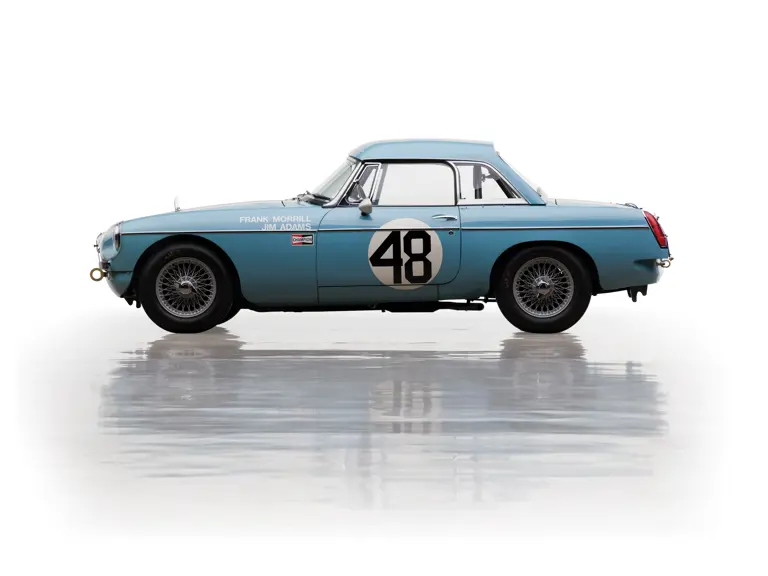
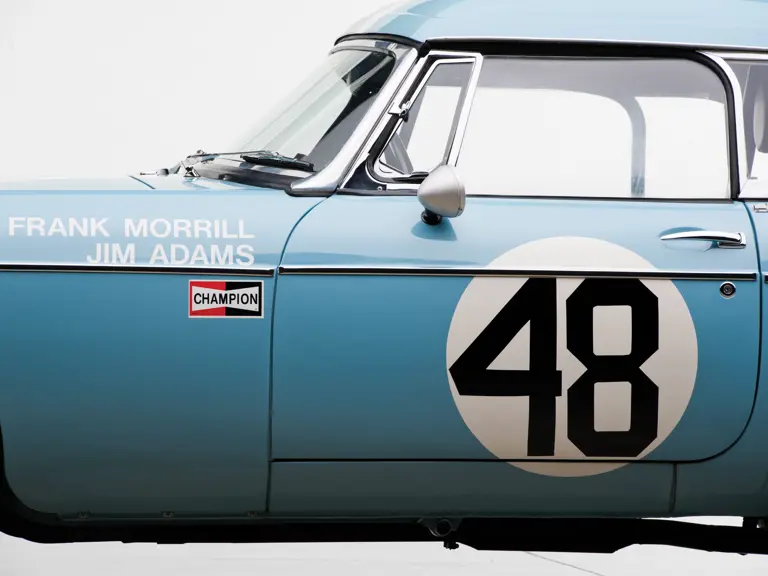
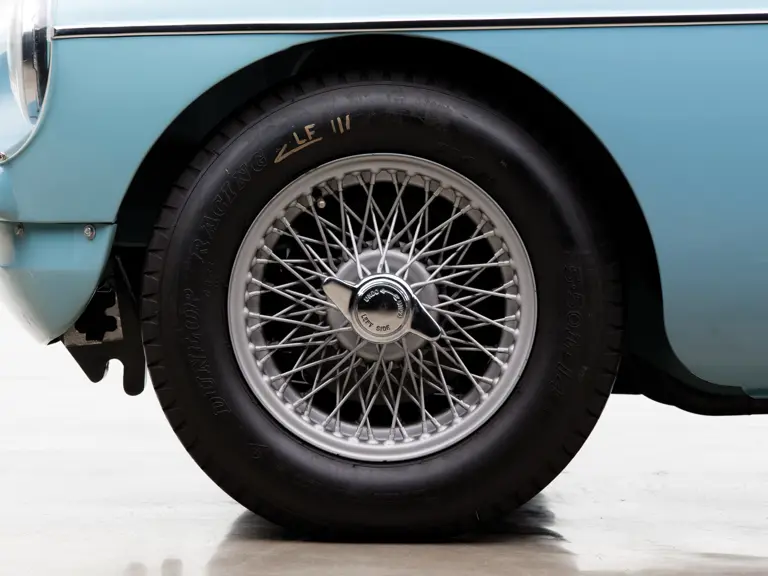
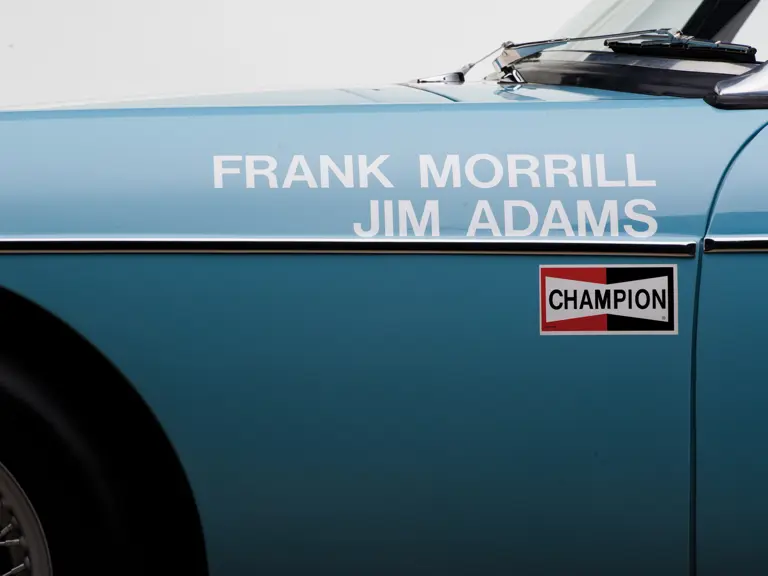
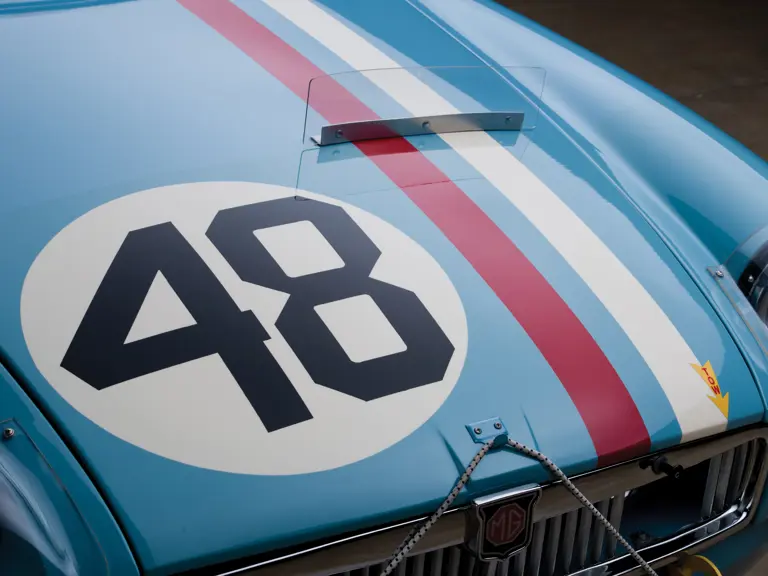
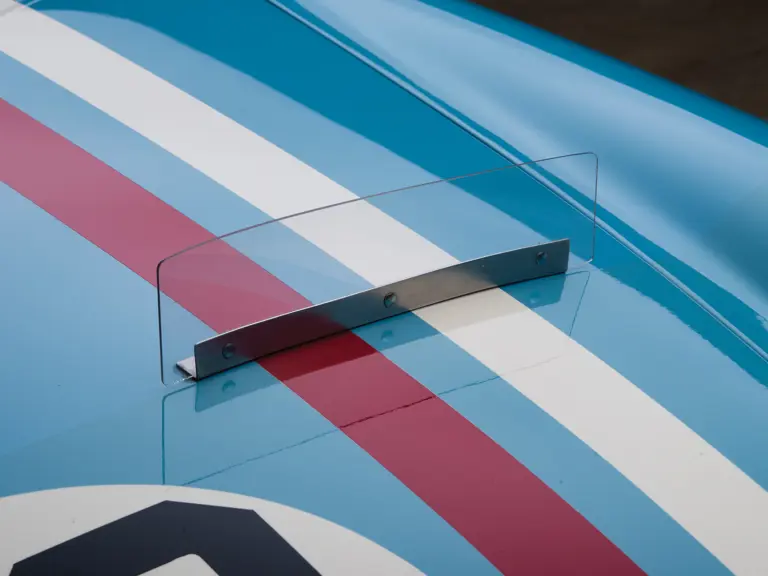
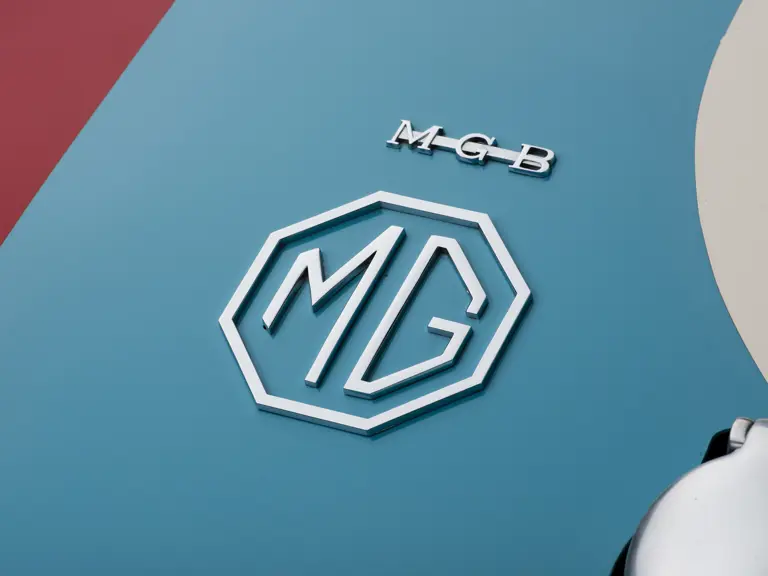
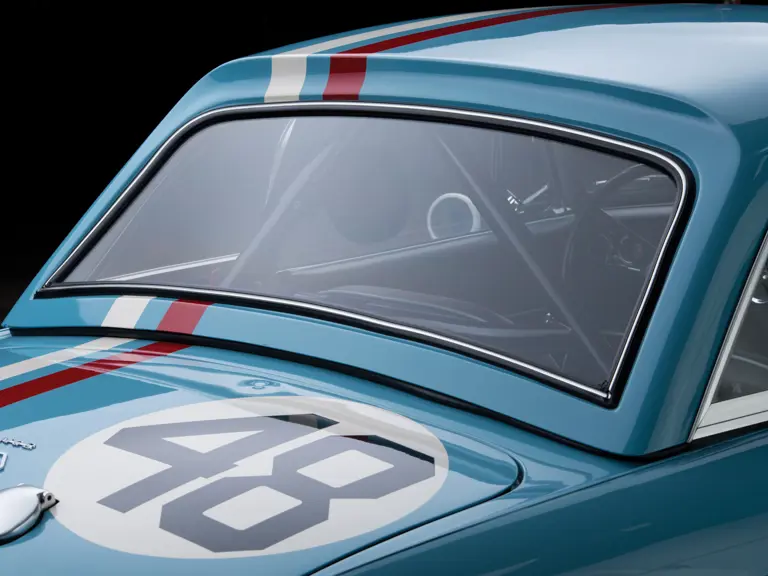
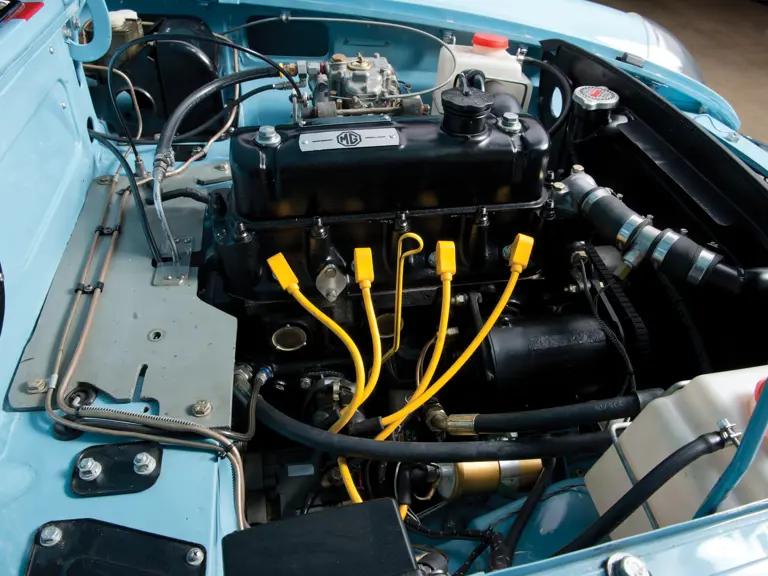
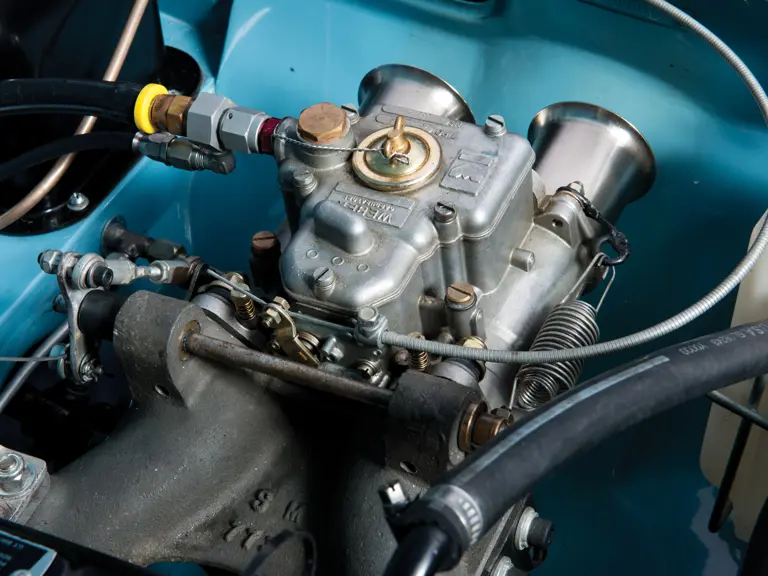
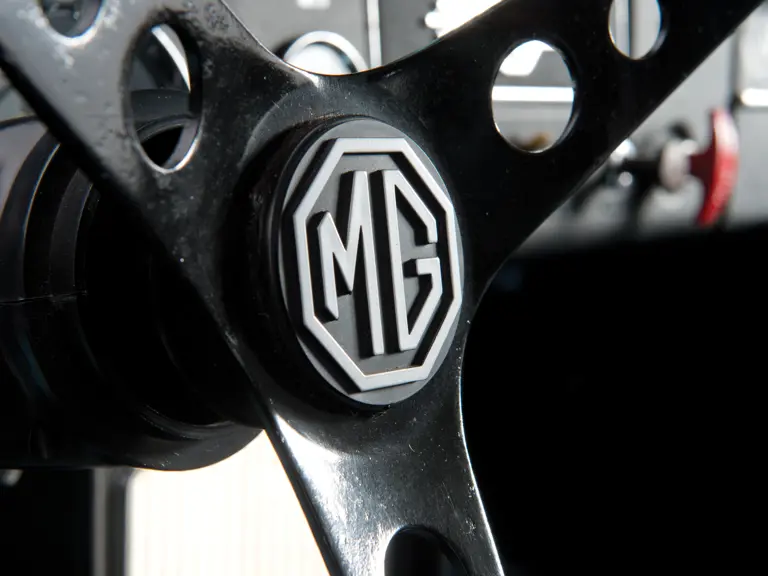
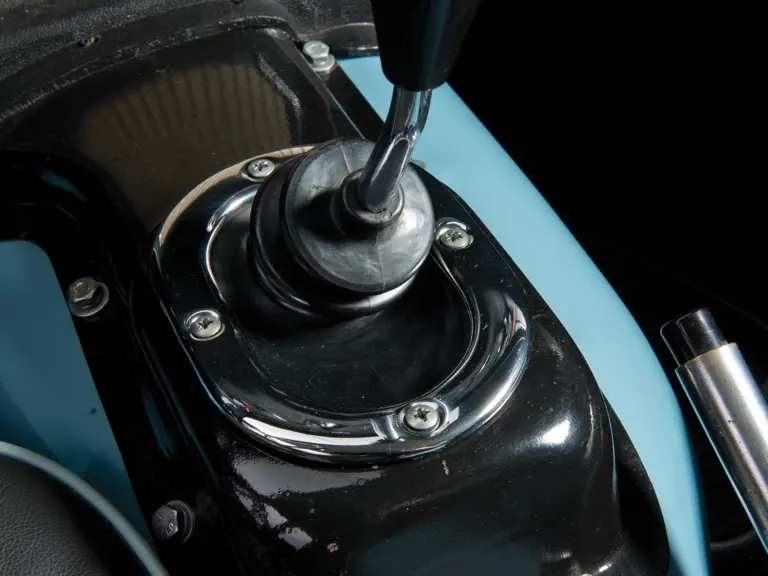
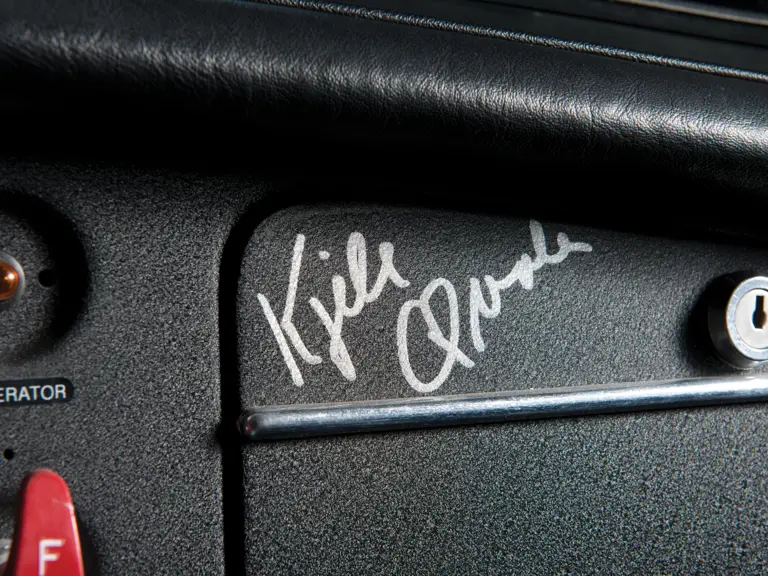

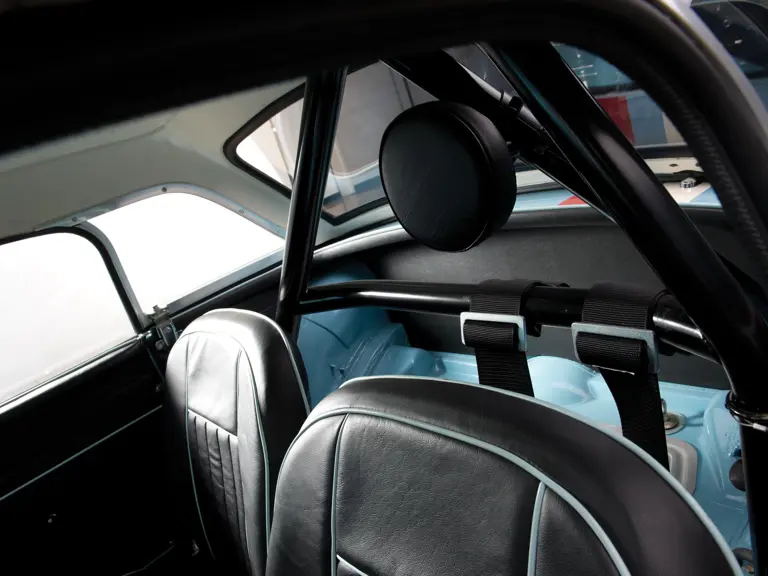
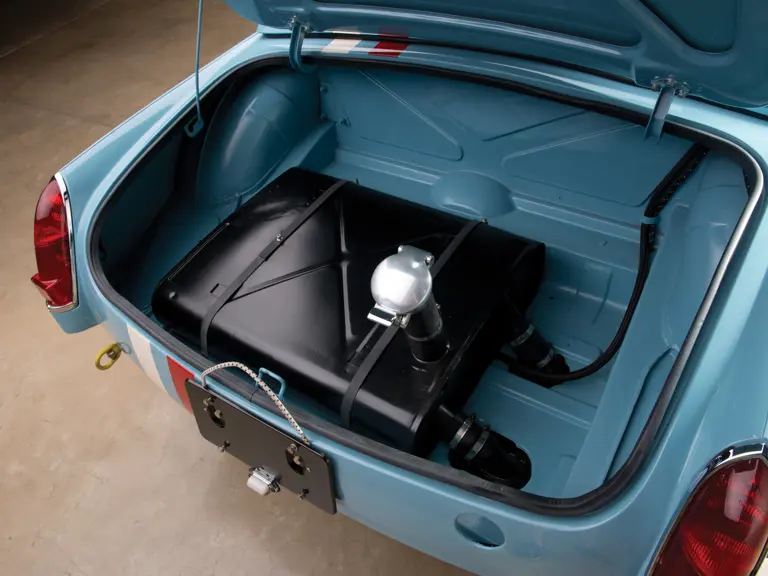
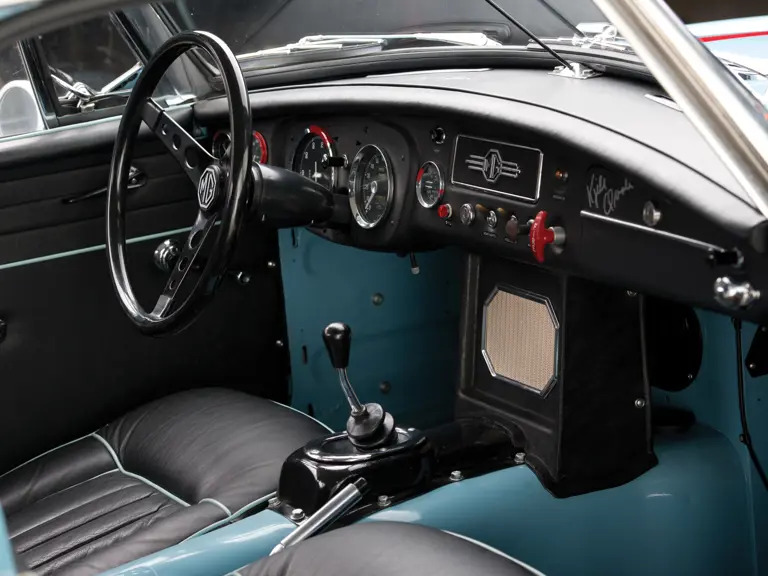
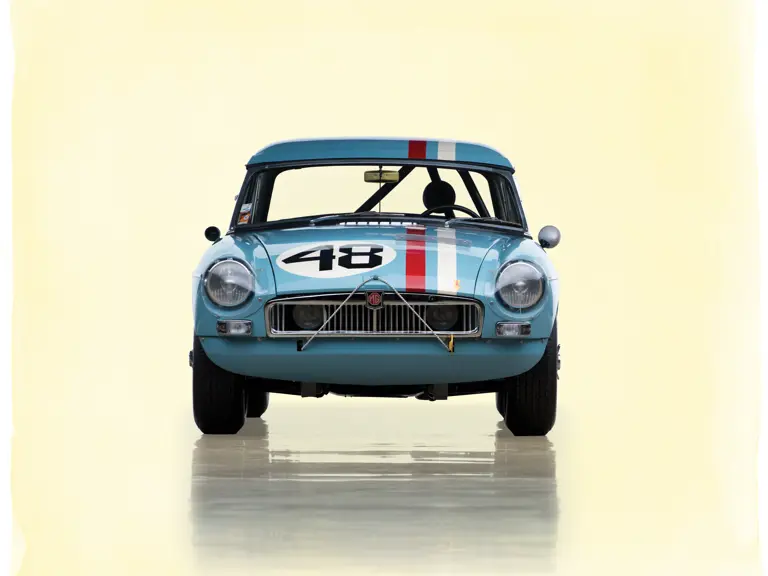
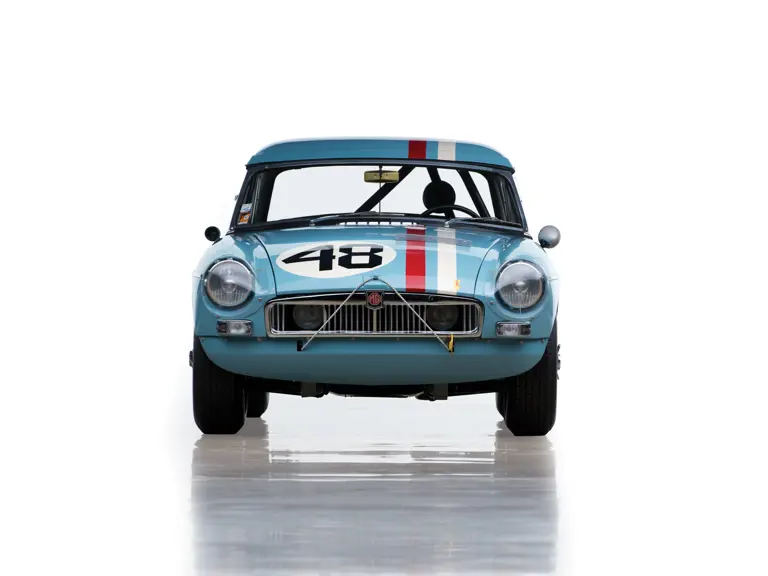
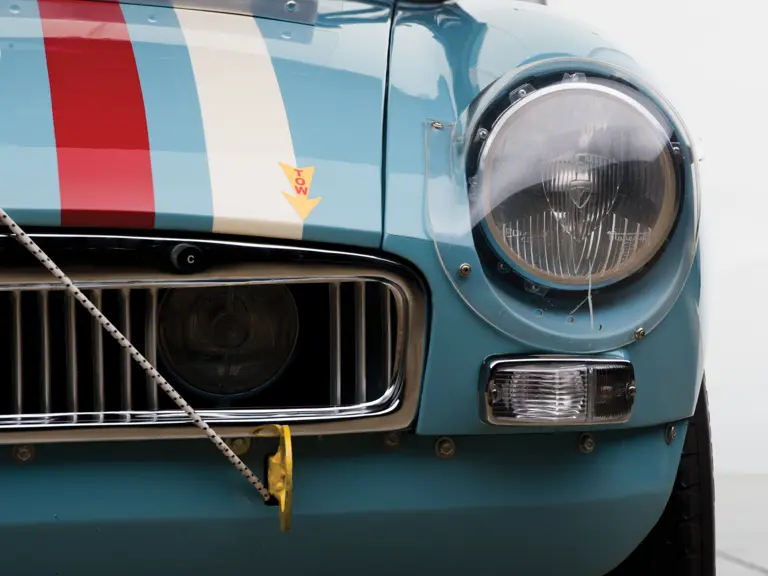

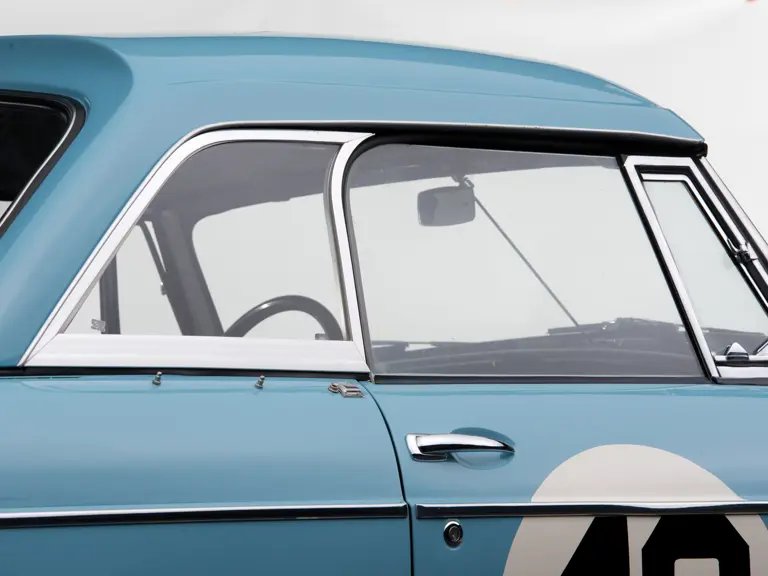
 | Fort Worth, Texas
| Fort Worth, Texas
